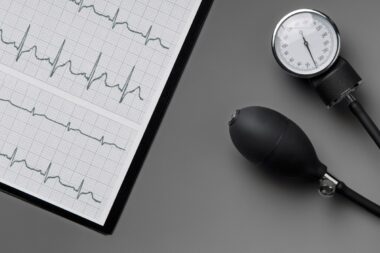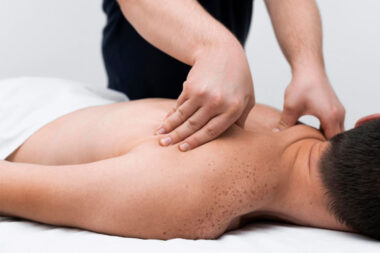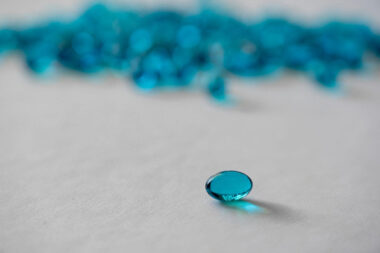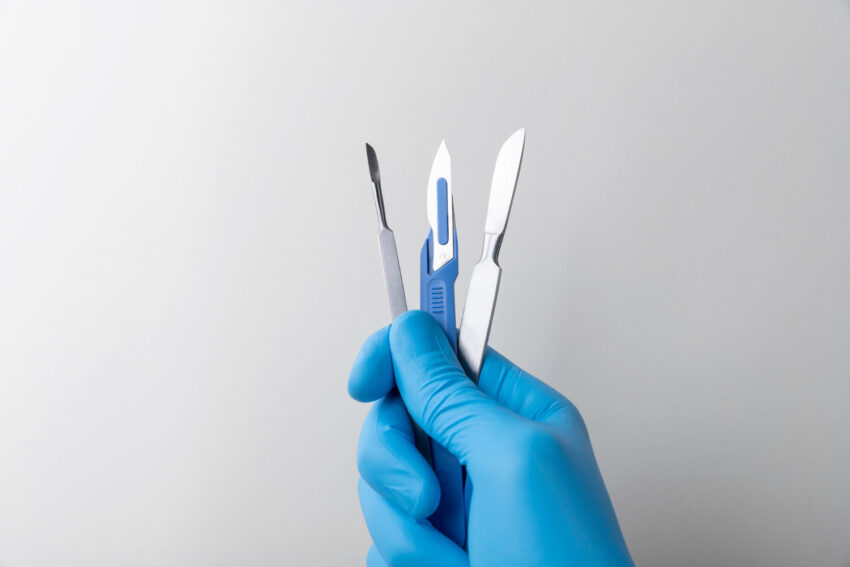Imagine entering an operating room where everything seems perfect: the walls glisten, the lights sparkle, and every instrument on the tray looks brand new.
That assurance is crucial not just for morale, but also for helping patients recover quickly and fully. Surgical instruments, from forceps to scalpels, may be made of metal and plastic, but they serve a far more vital role: linking a surgeon’s skill to a patient’s recovery.
You are setting yourself up for issues that may derail the whole healing process when those tools aren’t clean, and microscopic bacteria or tiny bits of tissue hide in nooks and crannies.
In this post, we explore the significance of surgical tools in holistic healing, examining how proper cleaning helps prevent complications, which procedures have the most significant impact, and what happens when equipment begins to malfunction.
You might not consider it daily, yet patient care’s unsung hero is the cleaning of surgical tools.
Why a Pristine Instrument Tray Matters
You depend on every tool at your fingertips to be free of hazardous bacteria, free of harmful bacteria, or residual debris when you scrub in for surgery.
Although a surgical field appears sterile, a single infected instrument can introduce serious infections, sepsis, or even endanger the patient’s life. Using clean surgical instruments respects the patient as a whole person.
Therefore, they go beyond simply adhering to rules and standards. A post-operative infection can mean:
- More extended hospital stays and extra antibiotics
- Increased pain, swelling, or scarring
- Anxiety for patients and family members who envisioned a smooth recovery
- Higher overall costs for both hospitals and patients
By keeping instruments spotless, we minimize those risks. Ensuring that every clamp, scissor, and retractor is free of any organic matter helps tissues heal more naturally without the body having to fight off unexpected invaders.
What “Cleaning” Really Means for Surgical Instruments
There’s a big difference between “washing” something under a tap and giving it the deep, meticulous attention that surgical instruments demand. Just running water over a scalpel won’t cut it.
The steps that truly protect patient health include:
Immediate Pre-Cleaning
As soon as a procedure is completed, the trays are taken to a prep area. Right away, instruments are soaked in an enzyme-based solution. This begins to dissolve dried blood, tissue fragments, and other debris that could be hidden beneath the surface.
Detailed Scrubbing or Ultrasonic Cycles
Hinges, serrations, and tiny gaps, like the joints in a needle holder, become perfect hideouts for bacteria. A dedicated brush or an ultrasonic cleaner (which uses high-frequency sound waves to dislodge debris) can reach those hard-to-reach spots.
You’ll often hear techs say, “If I can’t see it, I can’t clean it,” which is why magnification and careful inspection are essential.
Rinsing and Drying
Even mineral-rich tap water can leave a residue. Using filtered or distilled water for rinsing ensures that no residue remains. Then, thorough drying is essential; any remaining moisture is an invitation for rust to form.
Inspecting for Wear and Damage
Before heading to sterilization, each instrument is thoroughly inspected. Are the scissors still aligned? Does the ratchet on the hemostat close cleanly?
Any sign of pitting or corrosion means the tool either needs repair or retirement. After all, worn spots can hold bacteria even after an autoclave cycle.
Does Surgical Instruments Cleaning Really Matter?
When surgical instrument cleaning becomes part of the culture rather than just a chore, everyone benefits.
Surgeons feel confident, nurses can focus on patient needs instead of worrying about equipment, and patients can trust that an avoidable infection won’t derail their healing.
Common Surgical Instruments and Their Unique Needs
Not all tools are created equal, and each type presents its unique cleaning challenges. Let’s look at a handful of the most frequently used instruments and what makes them special:
Scalpels
Single-use blades are discarded, but reusable handles must be cleaned carefully around the blade lock. Never let old blood dry there.
Forceps and Hemostats
Those tiny serrations and ratchets collect debris. A fine brush or ultrasonic bath pays off here. If a forcep isn’t closing fully, it’s probably got gunk inside.
Scissors (Curved or Straight)
Tip alignment is everything. If tiny fragments wedged between blades aren’t removed, the scissors won’t close properly and could even nick tissue in unintended ways.
Needle Holders
The ratchet mechanism can get sticky if not cleaned. A small amount of lubricant applied after every sterilization cycle helps them open and close smoothly, reducing the frustration of surgeons.
Retractors and Clamps
Larger surfaces may appear easy to clean, but any detachable part, such as an interchangeable blade, requires its attention in the ultrasonic machine or under the brush.
Knowing these nuances helps you organize a cleaning station effectively, ensuring that you don’t lump everything together and miss something vital.
Building a Culture of Cleanliness
It’s one thing to have a checklist taped to the wall; it’s another to have a team that genuinely understands why every step matters. Here are a few best practices to keep in mind:
- Standard Operating Procedures (SOPs): Document each cleaning step, from pre-soaking to final inspection. When everyone follows the same standard operating procedure (SOP), oversight is easier.
- Scheduled Maintenance: Even if an instrument looks perfect, it still benefits from wrap tests or sterility checks. Swab tests and sterilization indicators confirm that autoclaves are doing their job.
- Ongoing Education: New team members need to understand why they’re spending extra time on a seemingly simple task. Quarterly “lunch and learn” sessions can keep skills sharp and everyone on the same page.
- Open Feedback Loops: Encourage techs to speak up if they notice an instrument that’s wearing out or if a particular model seems prone to holding debris. After all, frontline staff often spot problems before management does.
When everyone from the scrub nurse to the sterile processing technician takes pride in having the cleanest tray, it shows in patient outcomes.
Long-Term Benefits for Patients and Providers
Investing in rigorous cleaning routines and mentoring staff pays off in ways that extend far beyond one surgery:
- Fewer Infections: Obviously, that’s the big one. Clean instruments mean fewer post-op infections and readmissions.
- Lower Costs: Shorter hospital stays, fewer antibiotics, and less need for corrective procedures can save money; however, Costs can skyrocket when infections occur. Clean tools help patients bounce back quickly, avoiding such expenses.
- Happier Staff: No one enjoys scrambling to find a replacement clamp mid-surgery. Reliable and clean tools reduce stress, enabling each person to perform their job confidently.
- Stronger Reputation: Imagine being a facility known for surgical excellence and for caring enough to keep even the most minor details spotless. Referrals grow when word gets out.
We heal bodies most effectively when we see each patient as a complete person—mind, body, and spirit. Clean surgical tools aren’t just about wiping down metal; they’re about creating an environment where healing can flourish without obstacles.
FAQs
How often should surgical instruments be inspected for cleanliness?
Ideally, each instrument is visually inspected right after cleaning and before sterilization. A deeper functional check, looking for corrosion, pitting, or misaligned parts, should happen weekly or whenever a tool’s performance raises questions.
What’s the difference between cleaning and sterilizing surgical tools?
Cleaning removes obvious blood, tissue, and debris, which is vital because any remaining organic material can shield bacteria.
Microorganisms are eliminated by sterilization (such as in an autoclave), but bacteria stuck beneath dried-on tissue will remain inaccessible. That explains why cleaning always comes first.
Should an ultrasonic cleaner replace hand scrubbing?
While ultrasonic cleaners are great for removing buried pieces in grooves and hinges, they are most effective when instruments have first been pre-soaked and lightly brushed.
Consider it a one-two punch: manual scrubbing breaks up the larger debris, and ultrasonic waves flush out the tiny bits.
This article is published by our independent team of health and wellness pundits that publish original and informative content to empower readers to take charge of their health and embark on a physically, mentally, and emotionally balanced lifestyle.




































